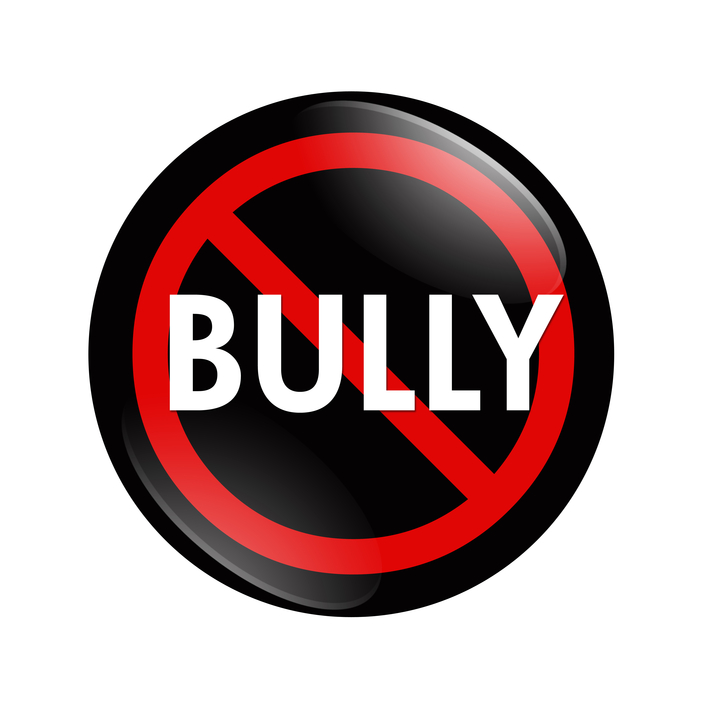
 This article was originally published on Psychology Today by Raychelle Cassandra Lohmann.
This article was originally published on Psychology Today by Raychelle Cassandra Lohmann.
Laura sat at her laptop still steaming mad from the incident that had happened earlier with Michelle. "I'll show her!" she thought. Just then, Laura had an idea... "I can set up a bogus email account and create a fake Facebook page. I'll put Michelle in her place without her even knowing who did it." After a setting up her new identity, Laura became "Julie". Pleased with herself Julie launched a full blown cyber attack on her once friend Michelle. "See if she ever messes with me again", Julie laughed. On the other end of the computer, Michelle sat with her mouth gaping open. She couldn't believe what she was reading. "Who's Julie?" she thought. "What did I do to her?" Michelle's heart was beating fast and tears began to stream down her face.
Anonymity is the concealing of one's online identity. It can be done in the form of aliases or pseudonyms (creating a false name online). It's a dangerous form of cyberbullying because the perpetrator feels powerful and free to say and do whatever they want. Many of the things someone does under the cloak of anonymity wouldn't be done if they were using their real name. When someone uses anonymity to attack the target may feel powerless because they don't know who's doing it.
So, is it possible to find out who the online attacker is? While tracking down an anonymous attacker may not be a piece of cake, there are some things that you can do to help you in your search.
Teens, here are some things you can do if you're the target of an anonymous cyberbully.
1. If you're receiving malicious emails or threatening texts:
-
Save them for evidence
-
Search the source through the Internet Protocol (IP) address. This is a numerical label assigned to each device using a computer network. Once you have the IP address, go to Google.com and search for WHOIS IP and enter the address.
-
Forward it to abuse@ (provider's domain name). The domain name follows the @ sign in an email. Report and request termination of the attackers account.
-
For texts, contact your phone service provider. Ask for a trace to the texts. This may help you track down the number the cyberbully is using to text you; which may lead you to the attacker.
2. If inappropriate information has been posted on a website:
-
Contact the host company and request the site be taken down on the grounds of abuse.
-
Don't know the host company? Go to whois.net and type in the website.
3. If you suspect threats are coming from a school computer:
-
Contact your school administrator
-
Contact the Information Technology (IT) department for your school they can conduct a trace on which computer and student id was used to login. This will assist you in catching the perpetrator.
4. Look for clues:
-
Make a list of suspicious people that may be launching the attack
-
Look for patterns. How are they sending their messages? What's their method of attack (threats, harassment, exclusion, etc.)? What time of day are the messages being sent or posted? These patterns may help you narrow down your pool of suspects.
5. Safety Tips:
-
Set your privacy settings and keep them secure.
-
Don't share any information about yourself that you don't want others knowing.
-
Don't give out your username and password.
-
If you let a friend use your Smartphone make sure you don't have any texts, pictures, etc. that you don't want them seeing. With the click and forward of a message or picture you could become the victim of a cyberbully.
-
Block and unfriend people who are unkind to you.
-
Don't accept people into your friendship circle online that you don't know very well.
-
Check out the safety tips on your Social Network Sites. Facebook has some great information for parents and teens on their site.
http://www.facebook.com/safety/groups/parents/
http://www.facebook.com/safety/groups/teens/
6. None of the above things seem to be working:
-
There's software that can be purchased that will trace the emails or messages back to the computer they were being sent from.
For all the Michelle's out there, you are not alone. Many people have been the target of rude comments from an anonymous sender or someone they didn't know. If a person doesn't know you or won't even disclose their identity, is this someone you're going to listen to? Surround yourself with people that build you up, not break you down. Protect yourself online as well as offline by securing your personal information and choosing your friends wisely. In cyberbullying, anonymity is a coward's approach to attacking someone.
For the full article, click here.



